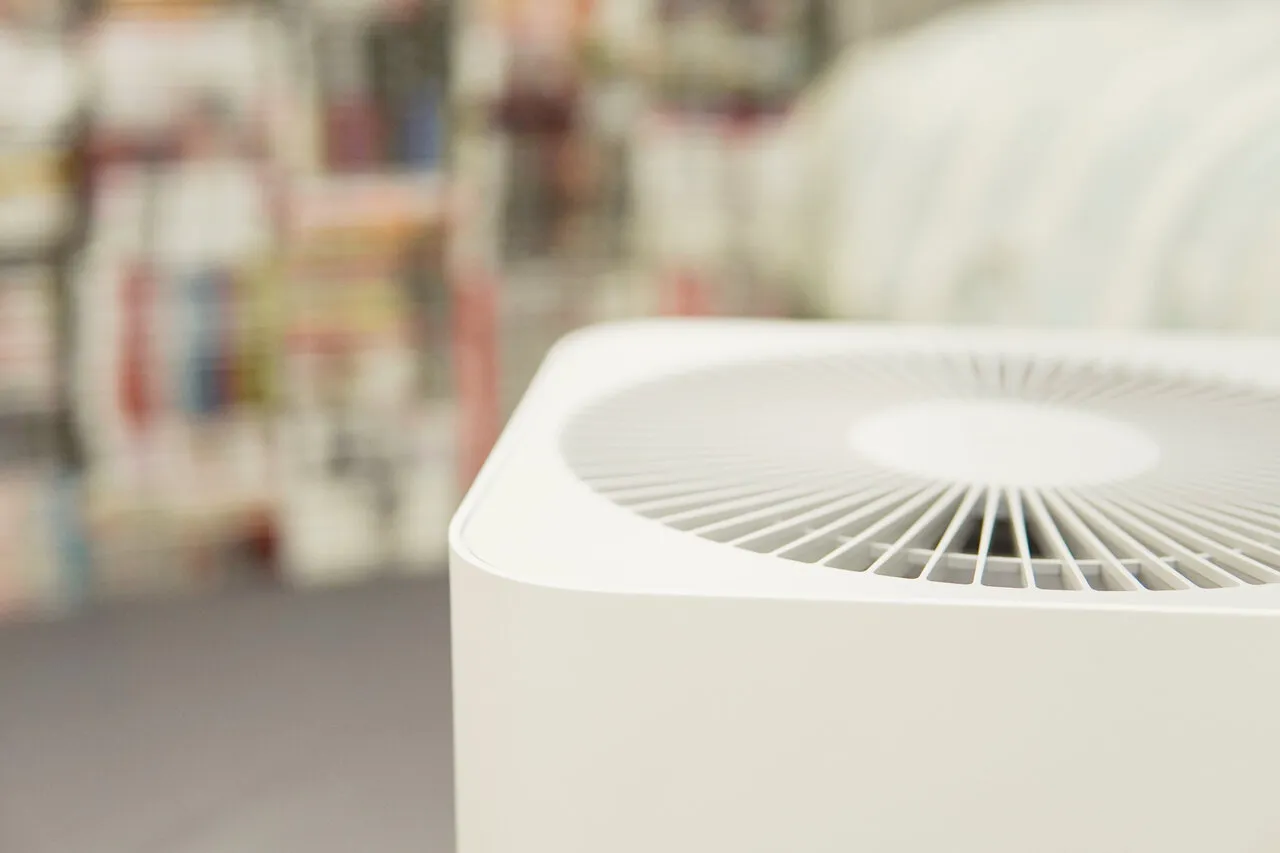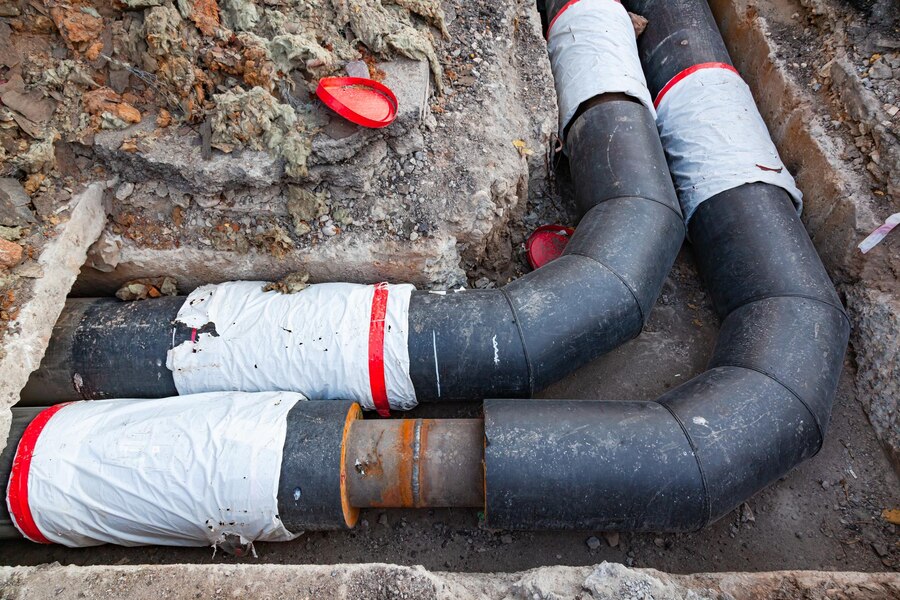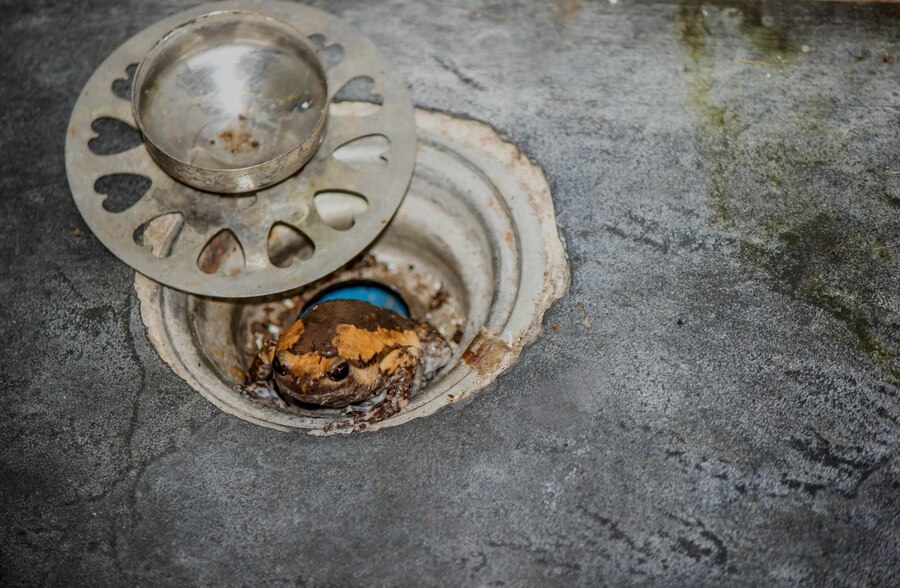Ensuring the quality of indoor air is an essential aspect of maintaining a healthy and comfortable living environment. Airborne pollutants, allergens, and irritants can adversely impact our well-being, making it crucial to invest in a reliable and efficient air cleaner. However, with numerous options available on the market, picking the right air cleaner can be a daunting task.
As your Longview, Texas, heating and cooling specialists, Alco Air is here to help guide you through this important process. In this comprehensive guide, we will walk you through key factors to consider and essential features to look for in an air cleaner, ensuring that you find the perfect match for your home’s unique needs. By choosing the right air cleaner, you can protect your family’s health while enjoying a comfortable and clean living space.
Understand the Types of Air Cleaners
Before making a decision, familiarize yourself with the various types of air cleaners available. The most common types include the following:
- Mechanical filters: These filters use various materials to capture particles from the air, such as HEPA (High-Efficiency Particulate Air) filters, which are capable of trapping particles measuring 0.3 microns or larger.
- Electronic air cleaners: These cleaners use electrostatic principles to charge particles in the air and then attract them to a collection surface. Examples include electrostatic precipitators and ionizers.
- Activated carbon filters: These filters use porous activated carbon to trap and remove odors, chemicals, and volatile organic compounds (VOCs) from the air.
- Ultraviolet germicidal irradiation (UVGI) cleaners: These air cleaners use UV lamps to kill or neutralize microorganisms, such as bacteria, viruses, and mold spores.
Each type has its advantages and is better suited for certain types of pollutants. Understanding your specific air quality needs will help you choose the right air cleaner for your home.
Determine the Size of the Air Cleaner
One of the most essential factors to consider when selecting an air cleaner is the size of the unit. To determine the right size, you will need to take into account your room’s dimensions and the required air changes per hour (ACH). ACH is the number of times all the air in the room is replaced within an hour. For individuals with allergies or asthma, a higher ACH is recommended.
To calculate the proper size, multiply your room’s dimensions (length x width x height) to find the total cubic feet. Next, determine your desired ACH (typically between 4 and 8 air changes per hour for residential use). Finally, multiply your room’s cubic feet by the desired ACH and divide by 60 to get the required airflow rate in cubic feet per minute (CFM). Ensure that the air cleaner you choose has a suitable airflow rate for your room size and desired ACH.
Consider Noise Levels and Operational Costs
Air cleaners often generate noise while operating. Noise levels are measured in decibels (dB), with lower dB levels indicating quieter operation. A quiet air cleaner will typically have a noise level of around 50 dB or lower, comparable to a typical conversation at home.
Additionally, take into account the operational costs of the air cleaner, such as filter replacement and energy consumption. Research the cost and lifespan of the filters, as well as the unit’s energy efficiency rating. An ENERGY STAR-certified air cleaner will use less energy, contributing to cost savings and environmental sustainability.
Evaluate Clean Air Delivery Rate (CADR)
Clean Air Delivery Rate (CADR) is a crucial metric to consider when evaluating air cleaners. CADR is the volume of clean air an air cleaner delivers in a given timeframe and is measured in cubic feet per minute (CFM). Higher CADR values indicate a more efficient air cleaner.
Most air cleaners will have three CADR ratings: one for dust, one for pollen, and one for tobacco smoke. Compare the CADR ratings of different air cleaners to find a model that efficiently removes the pollutants specific to your home.
Additional Features and Maintenance Requirements
Finally, look for additional features that may provide added convenience or functionality. Examples include the following:
- Air quality sensors: Some air cleaners are equipped with sensors that monitor and display air quality, allowing for automatic adjustments to maintain optimal indoor air quality.
- Filter replacement indicators: These indicators notify you when it’s time to replace the filters, ensuring that your air cleaner maintains peak performance.
- Smart home integration: Some air cleaners can be connected to your smart home system, allowing for remote monitoring and control via smartphone apps.
- Customizable fan speeds: Adjusting fan speeds can help you balance noise levels and filtration efficiency based on your needs.
Additionally, consider the maintenance requirements of the air cleaner, such as the ease of filter replacement and cleaning of internal components. A low-maintenance air cleaner will save you time and effort in the long run.
By evaluating these factors, you can choose the right air cleaner for your home, ensuring a healthy and comfortable living environment. Remember to consider the type, size, noise levels, operational costs, CADR, additional features, and maintenance requirements before making your final decision.
Breathe Easier with Your Ideal Air Cleaner
Investing in the right air cleaner for your home can significantly improve indoor air quality, promoting a healthier and more comfortable living environment. By understanding the types of air cleaners, properly sizing your device, considering noise levels and operational costs, evaluating the Clean Air Delivery Rate, and looking for additional features, you can make an informed decision to suit your unique needs.
Are you concerned about the air quality in your home? Contact us at Alco Air, your HVAC service in Longview, TX, today to learn more about our air cleaning solutions. Our knowledgeable professionals are here to answer your questions and provide expert advice to create the best indoor air environment for you and your family.











